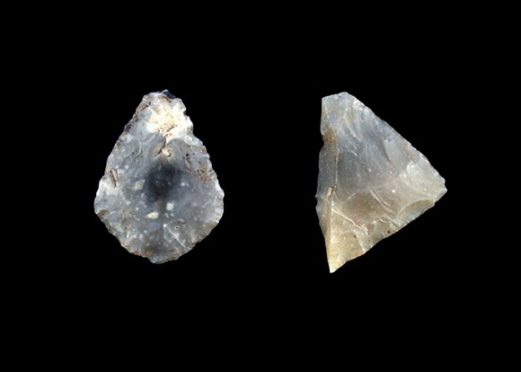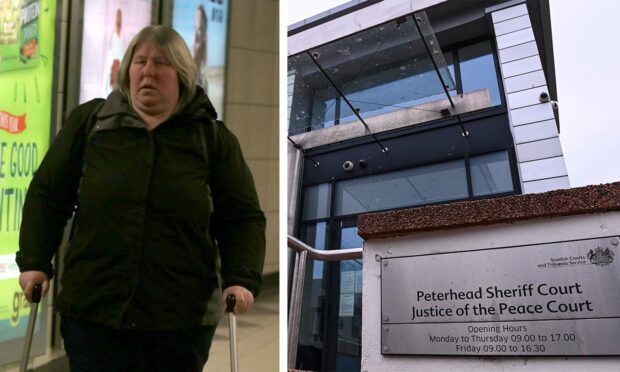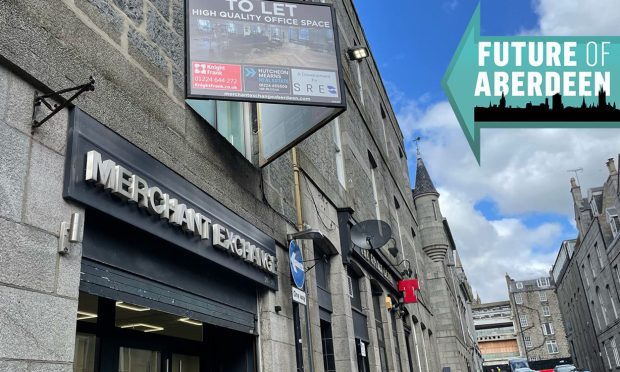A new book has been published highlighting ancient artefacts found during archaeological excavations on the AWPR project.
The book, a summary of the discoveries called Highway Through History, provides information on land use and settlement in the north-east over the past 15,000 years, including Roman bread ovens, prehistoric roundhouses and a cremation complex.
Links to the new book are currently available on the Transport Scotland, Aberdeen City Council and Aberdeenshire Council websites.
Copies will be available soon in libraries and schools across both the Aberdeen city and Aberdeenshire areas, as well as the Aberdeenshire Council headquarters.
Bruce Mann, archaeologist for Aberdeenshire Council and Aberdeen City Council, said: “A very unexpected discovery was the presence of Roman activity at Milltimber, likely dating from around 83 or 84 AD.
“Ninety bread ovens were uncovered, which were probably constructed by the Roman army at a time of invasion led by the Roman General Agricola.
“Going back to the very earliest finds, there was also evidence of stone tool production dating between about 13,000 and 10,000 BC at Milltimber, a near unprecedented body of evidence which pushes back our understanding of human activity in north east Scotland by several thousand years.”
A structure dating between 7,000 BC to 6,700 BC was also found at Standingstones, in the hills to the west of Dyce.










